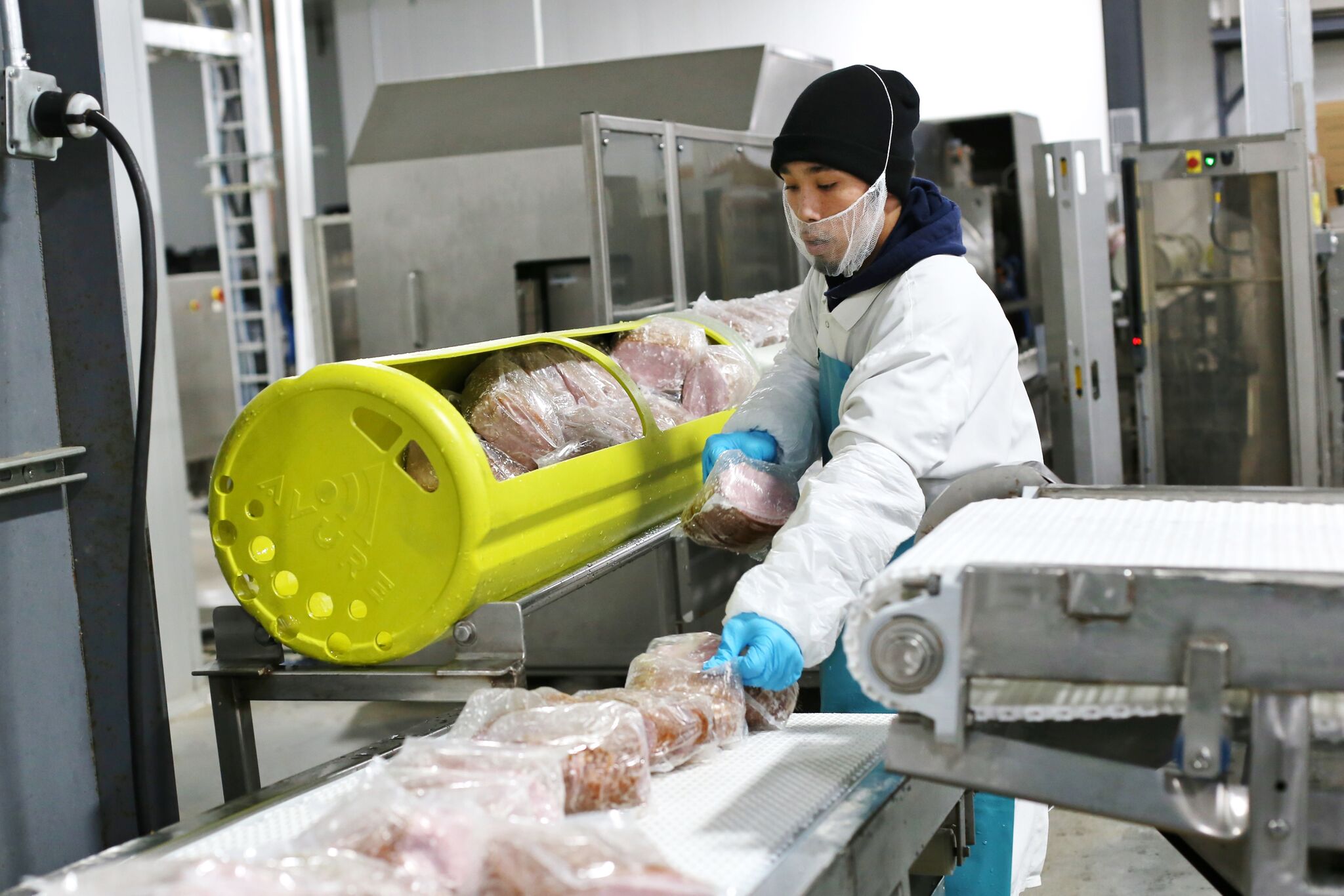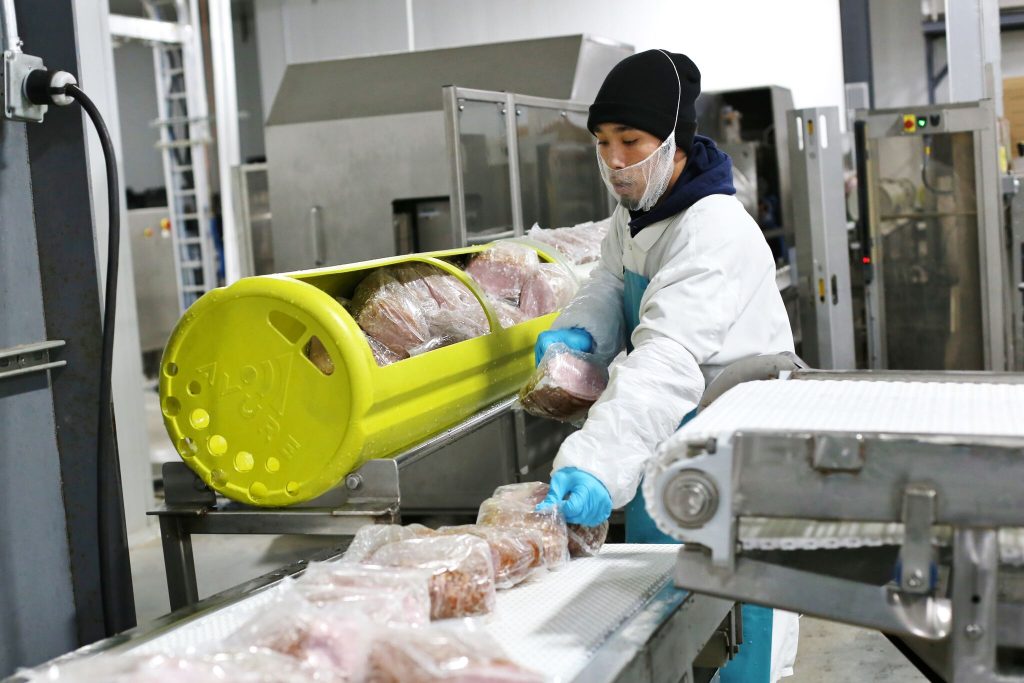We are seeing the beginning of a limited supply of certain products as containment of the COVID-19 pandemic keeps manufacturers, processing plants, and other suppliers in global stasis. But what does that mean for these manufacturers and other members of the supply chain? It means continued planning of master resources such as demand management, sales and operations planning and production scheduling, but with a greater focus on efficiency.
This process of master resource planning results in a detailed blueprint for manufacturing products to meet anticipated demand, accounting for various constraints such as limited supply of raw materials and purchase parts.
So what should manufacturers do if they run into serious shortages of raw materials or purchase parts? What can retailers do to cover operating expenses if they don’t have enough products to sell? We’ll take a look at these anticipated complications and possible methods for solving them.
Limited Supply
The current COVID-19 crisis has led to mandatory business closures that have already caused a shortage of supply. So far, we’ve gotten by with inventories that had already been sitting in various places up and down supply chains prior to the shutdowns, not just on warehouse and retail store shelves. Once all inventories within supply chains are depleted, we will start to notice more stockouts.
Some businesses can endure long-term production cessations without stockouts. For example, manufacturers in critical industries such as pharmaceuticals have a policy of stockpiling inventory in case of unforeseen events. Most businesses, however, cannot afford to miss months of production time because the lean manufacturing principles they adhere to include keeping minimal inventory.
For instance, automobile manufacturers and retailers do not hold excess inventory due to the expected annual product line changes from the previous year’s models, which are typically sold at a large profit reduction at the turn of the year. Clothing and other fashion-related businesses also keep inventory minimal due to a yearly change in styles.
Another source of upcoming shortages will be the sell-off of supplier facilities due to the downturn in revenue caused by emergency closures. Food is a particularly interesting case. Farmers are reconstructing the way their supply chains work to better serve their new target consumers—grocery retail. Some farmers may run into issues with transporting livestock or may need to repurpose crops that are nearing their harvest. Many of those that are pushing to endure and come out of the pandemic disruption with minimal casualties are starting to get creative by creating small farmers’ markets (pop-ups) or marketing directly to the consumer via direct subscription boxes.
It will take some time to re-establish farms, manufacturing plants, and other suppliers who were hit hardest during the months without revenue. However, refocusing on demand planning and forecasting could aid in spurring a regeneration of these industries.
Demand Management
Demand management is the first of three steps taken during the master resources planning process. Demand management includes demand forecasting, distribution channel planning and customer demand management.
Both suppliers and retailers need to know what demand they can expect, especially during uncertain times. After COVID-19, consumer demand will be high, supplies will be limited, and accurate demand forecasting will be especially important to getting businesses back on their feet.
Inaccurate forecasting will cause waste when businesses overestimate future demand for items that have a short shelf life. For instance, a grocery store that overestimates how much produce they will be able to sell within a certain time frame will end up throwing some of that produce away due to spoilage.
Consumer behavior during a crisis can complicate demand forecasting, though. In an earlier phase of the COVID-19 pandemic, worried customers over-purchased toilet paper and paper towels. This caused a shortage for everyone else, and the demand for those items was much higher than anticipated/forecasted. More recently, the same buyers bought up meat when they heard about the disruption in the food supply chain, and they expected the prices for meat to go up. Demand spikes like these cause lost sales for stores that don’t anticipate them.
Demand forecasting will remain tricky in the short-term for both suppliers and retailers whenever a retailer re-opens to the public with the imposed 25% capacity constraint. Overhead expenses will likely remain relatively the same, but 25% of the normal revenue may not cover expenses. Whether a full 25% of a retailer’s former customer base would return during a pandemic is also an unknown factor.
Companies will see high demand when the world opens their doors for business. The most efficient way for companies to plan during these times is by utilizing high-performance, demand forecasting software that will offer the best information available to deal with volatile demands, given the various known and predicted factors.
Sales and Operations Planning
After demand management is performed, manufacturers go through a sales and operations planning process that integrates sourcing, manufacturing, sales, marketing and financial plans, and resource planning. This process results in the creation of an approved production plan (at the product family level), purchase plan, sales plan and backlog plan that satisfies the anticipated level of demand within supply constraints.
In the early days following the end of the pandemic, some manufacturers won’t have the initial supply to meet the high demand for their goods. Some may find contingencies for creating their goods and products, while others may run into supplier issues when it comes to recreating their products and goods post-closure.
Getting manufacturers back up to speed will depend on building up the supplies of raw materials and purchase parts. Sometimes out-of-the-box solutions such as part designs can eliminate the need for some unavailable purchase parts and dependency on some suppliers. Additionally, accurate demand planning information will enable manufacturers to accommodate their retailer customers as much as possible without overpromising incoming goods.
Master Scheduling
In the master scheduling phase, the production and purchasing plans are taken from the family level into a specific product level. This process involves a computer repeatedly simulating production and purchasing as planned during the S & OP step until optimal bills of materials are created. This process includes testing of the plans against constraints of critical resources (rough-cut capacity planning) until a master production schedule is derived.
Fortunately for the retailers, manufacturers who have done accurate demand planning and have taken their production plans through the master scheduling stage will know the maximum number of goods they can ensure without overreaching.
Conclusion
The current COVID-19 pandemic required many business closures to help contain the spread of the virus. As a result, many consumer goods are in limited supply. When the crisis ends, the demand may very well overtake the supply. Businesses will need to practice patience while supplies build back up. Thinking outside the box, using accurate demand forecasting, preventing waste, and executing good demand planning will be crucial steps in reinstating a synergistic supply chain model.

























